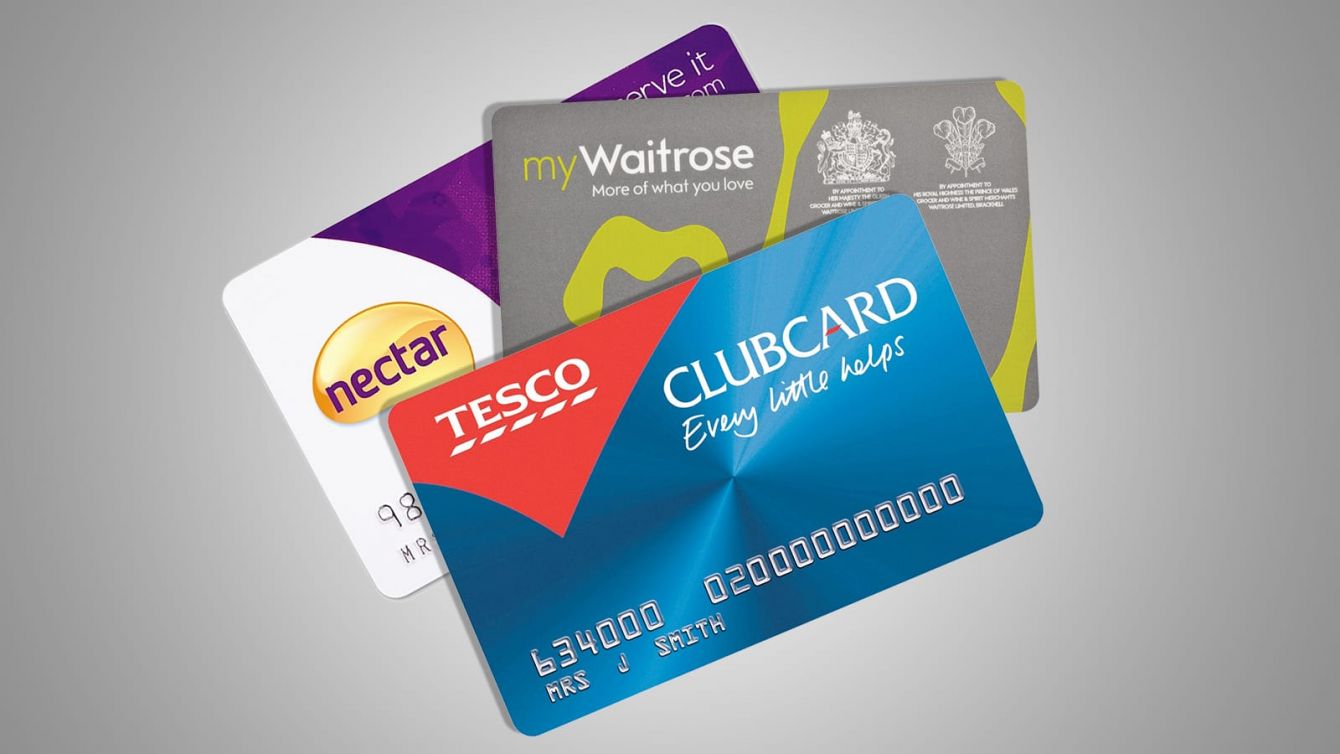I read a lot of research reports. I read a lot of articles which quote shopper research. And I find so much of what is presented or written to be misleading, especially the headline of the article or the presentation slide. I coach many individuals who find it difficult to cut through to what reports actually mean, so I thought I’d highlight here a few of the key danger signs. Here are some of the common warning signs to watch out for and four actionable steps that a marketer can take when reading research findings or reports which make it easier to take out accurate, and actionable insights from them.
Disclaimer: I know many of you are in the research industry and probably know some of these these signs well. If you know more please add them in a comment below: and please whenever you present data that uses these terms, do us all a favor and make sure you are crystal clear what it actually means. You might get it but unfortunately in my experience the audience often does not.
“Would” – As in “43% of smartphone shoppers would scan a QR code to get a discount”. (source)
Let’s break this down a little. Would. Not “did”. “Would”. As in they haven’t actually done it, and therefore there is no evidence, other than their assertion in a rushed anonymous survey, when no-one is actually going to check up on them if they don’t. Most interviewees aim to please, so they often give the most socially acceptable answer. I’m not saying the answers to these questions don’t have any value, just don’t confuse what people say they will do with what they actually end up doing. If you don’t believe me just look at the divorce rate (‘til death do us part’) or the success rate of New Year’s resolutions.
Hyperbolic headlines
As in “66% of smartphone shoppers have used their smartphone in a purchase in the last month” Wow. This looks exciting. But hold on a minute. This doesn’t mean the same as “66% of shopping decisions are made with a smartphone”. As argued in “Digital” , the average shopper makes hundreds of shopping decisions in a month, so all this quote states is that 66% of shoppers used their smartphone in at perhaps only one of hundreds of shopping decisions they made in the past month. Not quite as exciting, but perhaps a little more accurate.
“Shoppers”
As in “76% of shoppers go to hypermarkets”. Whilst this might be true, it is of questionable value. Unless you are marketing something bought by everyone, then you are not interested in all shoppers. You are interested in a discrete segment of them. The behavior of that segment is what is important to you, not the others. The fact that a whole lot of shoppers who will never buy your brand shop in a hypermarket may be interesting, but it may not be valuable.
“Shoppers Like/prefer”
As in “85% of shoppers prefer price discount promotions” I’d have hoped it would have disappeared from questionnaires but it still keeps appearing. Of course people like or prefer discounts. I do. Even if I hate the product I’d answer yes to this question. Whilst “likes” may appear to have some perceived value in the social media world, on the shop floor the value of like or prefer is less clear. Just because a shopper says they like something, doesn’t mean they are going to buy. And in the world of the shopper marketer, it is buying that matters. I’d prefer my products free, wrapped in gold paper, and delivered to my door by a man in a three-piece suit, but I doubt that fact is of value to a shopper marketer either!
Unqualified quantification and positioning
As in “43% of smartphone shoppers would scan a QR code to get a discount”. Yes, I’m coming back to this one. A statistic to get your digital agency very excited, but let’s just break it down a little. Does this mean any QR code? Even if I didn’t want the product? Unlikely. How much of a discount? More than 10%? I bet if it was 1% people wouldn’t bother. It also assumes I can see the QR code, which may be obscured (retail execution is not perfect after all), and it assumes I can get an internet connection. So it’s probably much less that 43% in practice. And how would this compare to a standard discount coupon? If it’s just a discount, then why not just give them a discount? Why bother with the QR code, which is going to turn off at least 57% of smartphone users, and 100% of non-smartphone users.
The loaded dice
Or in research circles, the loaded sample. A client once swore to me that all of his shoppers were consumers of the brand too. It turned out that in the research he quoted, the sample had been limited to shoppers who also consumed the brand!
There are countless more pitfalls for the unwary marketer. Read research reports and articles with an open but critical mind; be clear of where the data came from; check the exact wording of the question from which the data was gleaned; and make sure the sample is clear.
For more tips on conducting shopper research, check out our free e-book.
Feature picture credit: Flikr Twicepix







